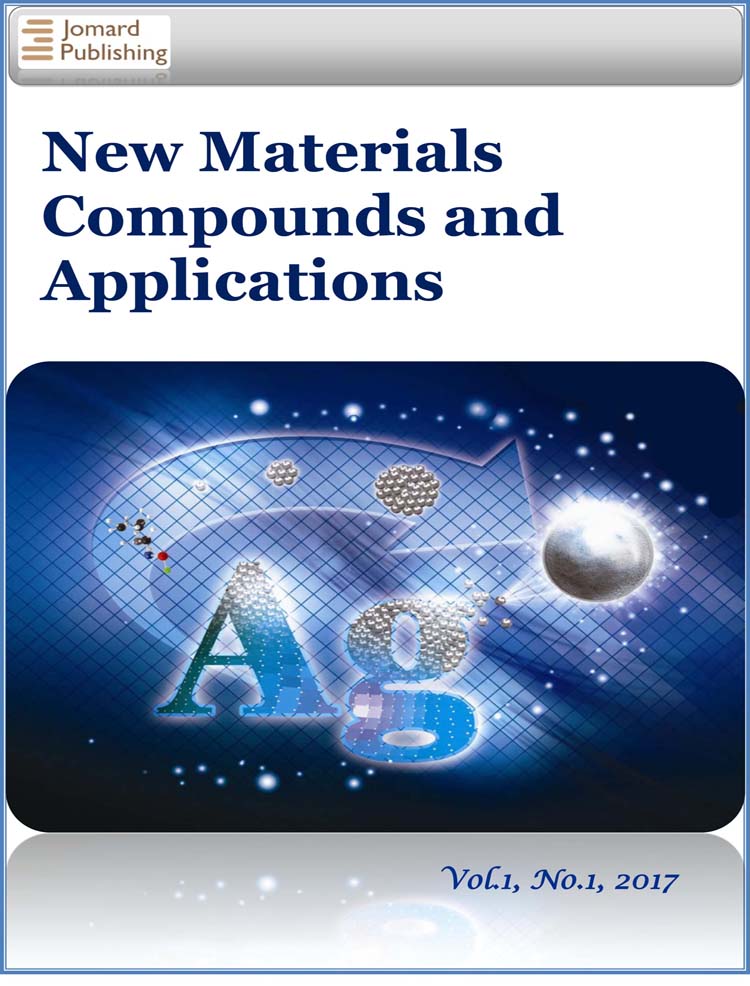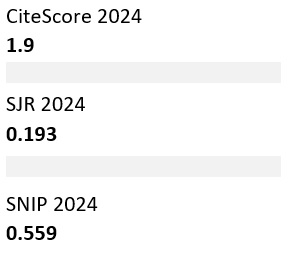1,3,5-Triazine Derivatives Synthesis and Potential Biological Targets Prediction and ADME Profiling
- Published: 09-04-2025
Share
In order to synthesize TAP complexes, the reactions of metal-activated nitriles obtained from their reactions with metals were carried out with ammonia. The reaction of N,N-dimethylsianamide with Zn(CH3COO)2 resulted in the formation of the corresponding bis-(2,4-bis-(N,N-dimethylamino)-1,3,5-triazapentadienato Zn(II)) complex, which was confirmed by mass spectrometry analysis. Continuing the research in this direction, reactions were carried out with other derivatives of acetonitrile, CHBr2CN and CCl3CN, leading to the formation of a new product. Specifically, dissolving the reaction product in acetone resulted in the formation of 2,6-bis(dibromomethyl and dichloromethyl)-4,4-dimethyl-1,4-dihydro-1,3,5-triazines. The structure of the synthesized compounds was confirmed using the RQA method. As we know, 1.3.5-triazine compounds have high biological properties. Taking all this into account, Swiss ADME and Swiss Targeted Prediction software was used to study biological targets of the 2,6-bis(dibromo and dichloro methyl)-4,4-dimethyl-1,4-dihydro-1,3,5-triazines and to create their ADME profiles. New biological targets for 1.3.5-triazine compounds include Mapping of Bioavailability Radar of substances, ADME Profiling, Egan BOILED EGG, Lipinski Drug ability (ROF) criteria and biological activities based on the obtained results. Thus, obtained results allow us to say that synthesized compounds are able to show biological activity.
- View 1131
- Downloads 295
- Saveds 0
- Citations (Crossref) 0



